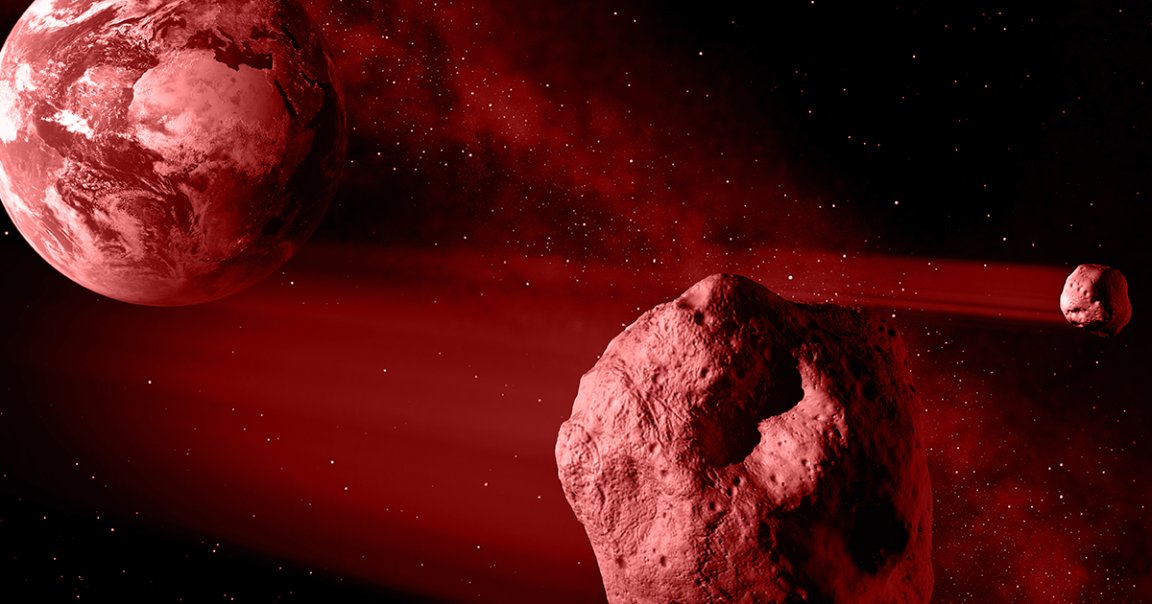
Asteroid Impact
Mark your calendars: a massive 164-foot asteroid called 2006 QV89 has a one in 7,000 chance of smashing into the Earth on the morning of September 9, according to the European Space Agency (ESA).
The giant space rock is one of 10 asteroids that make up ESA’s “Risk List:” a ranking of objects “for which a non-zero impact probability has been detected,” according to its website — and, though the effects of an impact are unclear, it’s reportedly twice the width of the asteroid that blew out thousands of windows in Russia in 2013.
Catastrophic Impact
Yes, the chances are minimal, but space agencies like the ESA and NASA are actively preparing for the worst. Last month, ESA simulated what a potentially catastrophic asteroid impact could look like on Twitter to help prepare us for a real emergency.
Asteroid experts came together to simulate “a fictional but plausible imminent asteroid impact on Earth,” as ESA’s website described it.
NASA administrator Jim Bridenstine reiterated the importance of tracking and studying asteroids and taking the risks of a possible asteroid hit more seriously. “These events are not rare; they happen,” Bridenstine said at the 2019 Planetary Defense Conference in April.
Miles Away
But chances of a September disaster are still minuscule. 2006 QV89 will most likely pass Earth millions of miles away later this year, according to the ESA.
And if we survive — which, to be clear, is overwhelmingly likely — the next potential impact we could be looking forward to is the 52-foot asteroid 2009JF1 that has a 1 in 4,464 chance of hitting Earth in 2022.
READ MORE: An asteroid has a very tiny chance of hitting Earth this year [CNET]
More on asteroids: Asteroid Flying by Earth Is so Big It Has Its Own Moon